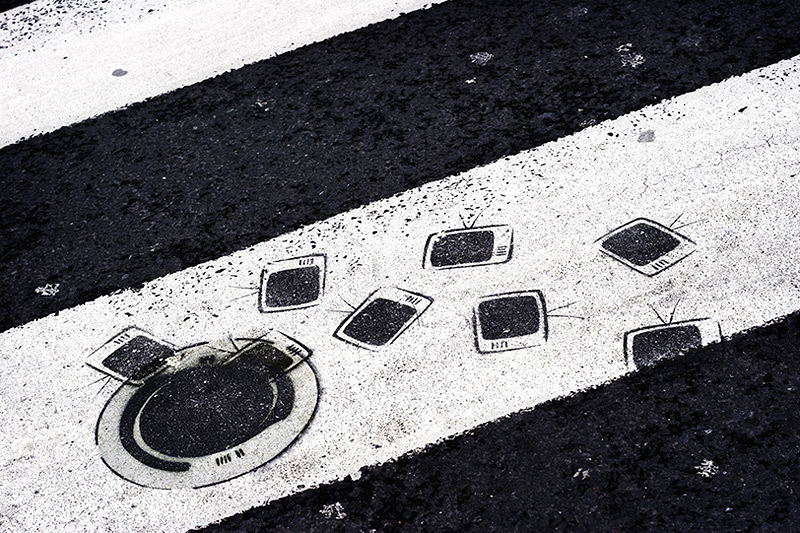| previous | latest entry | next |
|
captured camera lens aperture shutter speed shooting mode exposure bias metering mode ISO flash image quality RAW converter cropped? |
10.30pm on 11/11/05 Canon 20D EF 50mm f/1.8 II f/8.0 1/80 aperture priority +0.0 evaluative 200 no RAW C1 Pro no |
|
|
| previous | latest entry | next |


